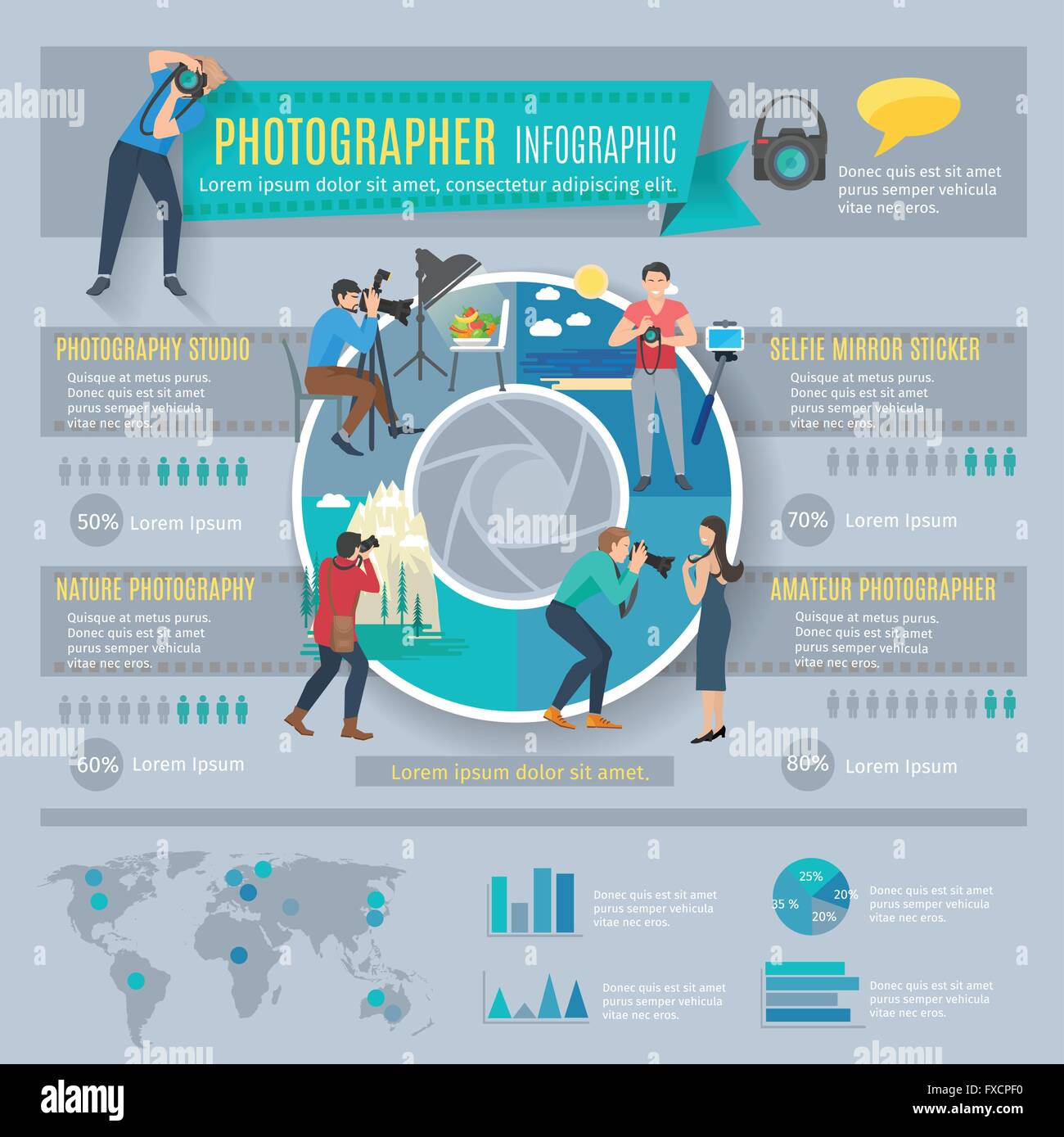What Every Photographer Needs To Find Out About Lights
What Every Photographer Needs To Find Out About Lights
Blog Article
Web Content By-Greenwood Isaksen
As a digital photographer, you understand that illumination can make or break your photos. Understanding the nuances of both natural and fabricated light is crucial for recording the state of mind and clarity you go for in your job. Whether you're chasing the perfect golden hour radiance or tweak your artificial setups, understanding these aspects can raise your digital photography dramatically. But there prevail mistakes that many forget, and recognizing them can transform your approach to every shoot. Allow's discover what you may be missing out on and just how it can affect your results.
Comprehending Natural Light
Comprehending all-natural light is vital for any type of photographer looking to boost their work. https://blogfreely.net/christena2trenton/exactly-how-to-locate-your-distinct-design-as-a-photographer 's the foundation of terrific digital photography, influencing mood, tone, and clearness. When you shoot outdoors, take notice of the time of day. The golden hour-- soon after sunup and prior to sunset-- supplies soft, cozy light that can change ordinary scenes into magnificent photos.
Don't underestimate the power of overcast days. Cloud cover diffuses sunshine, creating a soft, also light that's excellent for pictures and macro digital photography. You'll discover shades appear this sort of lighting without extreme darkness.
Positioning matters, too. Constantly consider your topic's positioning to the source of light. If the sunlight's behind your subject, you may wind up with a silhouette, which can be significant but mightn't be what you desire. Alternatively, straight sunlight can develop uncomplimentary darkness.
Try out angles; in some cases, transforming your point of view can produce amazing outcomes. Usage all-natural reflectors, like water or sand, to bounce light onto your topic, including dimension.
Mastering Artificial Light
Understanding man-made light is essential for photographers who intend to take their abilities to the next degree. Whether you're utilizing speedlights, studio strobes, or continual lights, recognizing how to control these resources can substantially enhance your images.
Begin by familiarizing on your own with the fundamentals of light top quality, direction, and color temperature level. Trying out various modifiers like softboxes, umbrellas, or grids to manage the soft qualities or cruelty of the light.
You'll locate that soft light typically develops flattering results, while harsher light can add dramatization and deepness. Do not avoid darkness; they can boost the three-dimensionality of your subjects.
Pay close attention to the positioning of your lights. https://blogfreely.net/deon635candace/typical-mistakes-new-photographers-make-and-how-to-prevent-them located also close to your topic can produce uncomplimentary outcomes, while as well away can bring about an absence of detail. Use a light meter or your camera's pie chart to guarantee you're revealing properly.
Last but not least, bear in mind that man-made light can be blended with ambient light for imaginative results. Stabilizing these resources might take practice, once you master it, your photography will really radiate.
Methods for Different Scenarios
When you enter various capturing situations, adapting your lights techniques is critical for capturing the most effective images. For outside pictures, utilize the golden hour-- morning or late afternoon light-- to soften shadows and improve skin tones.
If Headshot photo 's a severe midday sun, take into consideration making use of a reflector to bounce light back onto your topic or look for shaded locations for an extra also exposure.
In low-light scenarios, like interior occasions, enhance your ISO and use a vast aperture to allow in even more light. A tripod can aid get rid of video camera shake, enabling longer direct exposures without blurring.
If you're shooting at evening, explore off-camera flash to produce vibrant lights and deepness in your pictures.
For item digital photography, make use of diffused lights to stay clear of severe representations. Softboxes or light outdoors tents can aid achieve this impact.
When photographing landscapes, think about the direction of light and time of day, as it can substantially change the mood of your shot.
Always be ready to change your setups and positioning based upon the situation, as adaptability is crucial to grasping lighting in photography.
Conclusion
In conclusion, understanding lights is essential to boosting your photography skills. Accept all-natural light's appeal during golden hour, and do not shy away from experimenting with synthetic light techniques. By adjusting your technique to various situations, you'll catch sensational photos that resonate with emotion and clearness. Keep in mind, the best illumination can change a common shot into something amazing, so keep practicing and improving your understanding of both natural and fabricated light. Happy shooting!
